Contrails, the cloud-like streaks left behind by planes, are more than just a sky-high spectacle. They significantly contribute to climate change by trapping heat in the atmosphere. Now, scientists are working on innovative solutions to reduce their impact.
Despite their small appearance, contrails could be warming the planet even more than the CO2 emissions from planes themselves.
What Are Contrails, and Why Do They Matter?

Contrails form when hot jet exhaust meets cold air, creating water vapor trails. These streaks of clouds may look harmless, but they contribute to a greenhouse effect by trapping heat and reflecting sunlight back into space.
The issue is that contrails can persist for hours, forming cirrus clouds that have a warming impact on Earth’s climate.
The Surprising Climate Impact of Contrails
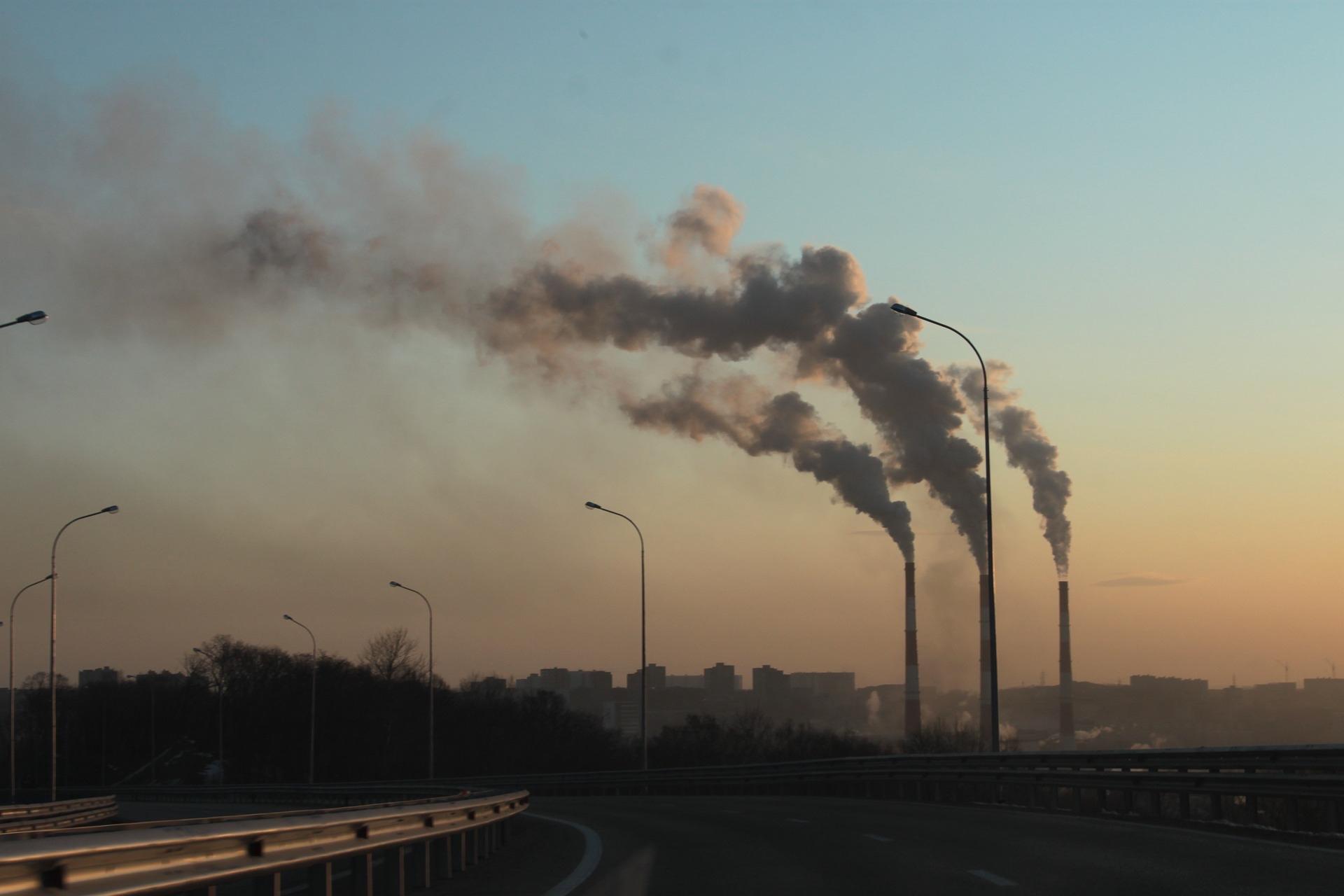
Contrails are responsible for more than half of aviation’s total climate impact. According to recent studies, these man-made clouds are even more damaging than the CO2 emissions produced by the planes themselves.
This makes contrail mitigation a high priority in reducing aviation’s overall climate footprint.
Researchers Explore Solutions to Reduce Contrails
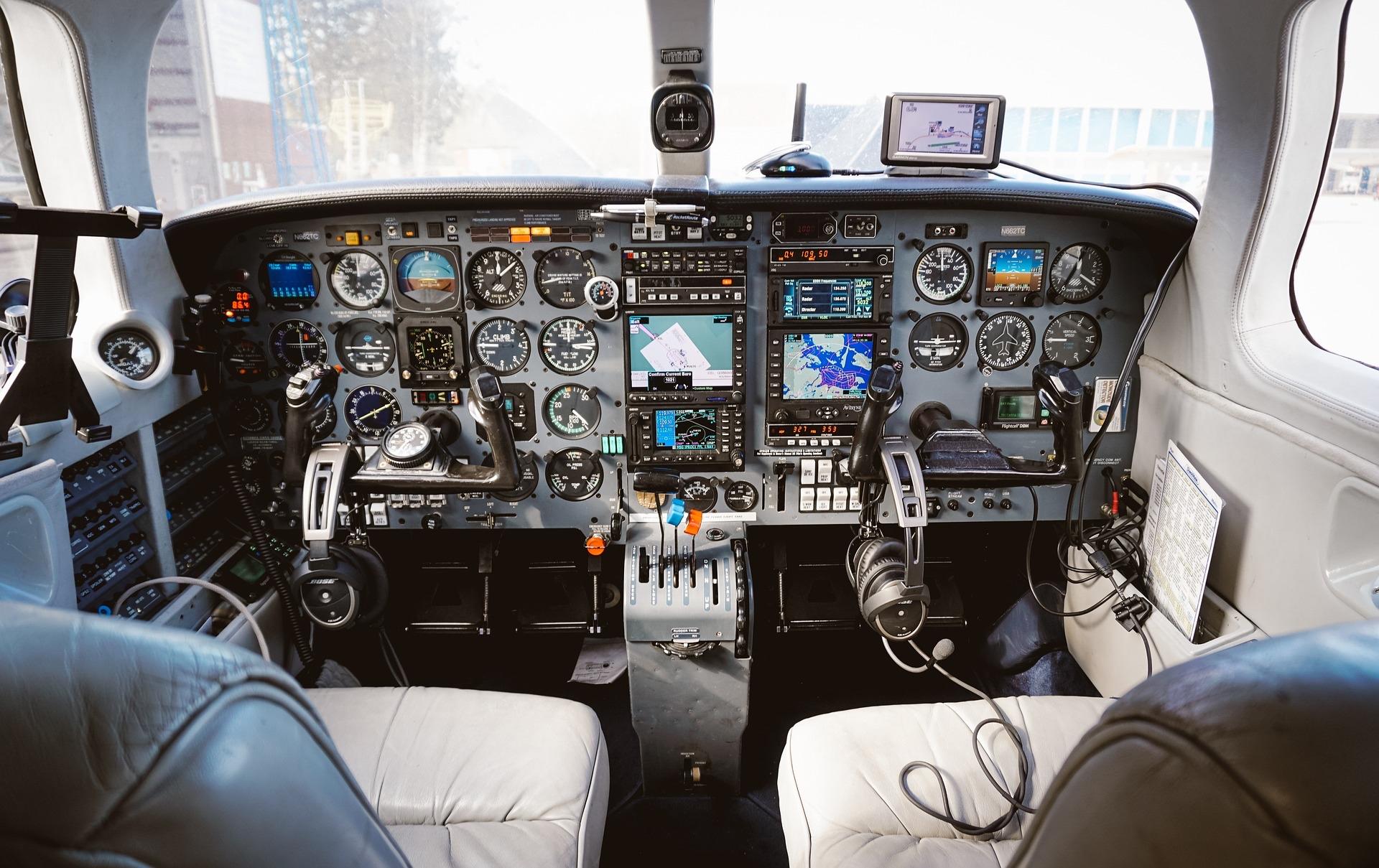
To tackle the contrail problem, scientists are exploring methods like adjusting flight altitudes and using alternative jet fuels. These techniques could help minimize the formation of contrails in the first place.
Lower altitudes, for example, might reduce the interaction between jet exhaust and cold, moist air, leading to fewer contrails.
The Power of AI in Contrail Reduction

Artificial intelligence is playing a role in finding the best routes and altitudes to reduce contrail formation. AI-driven models can predict where and when contrails are most likely to form, allowing pilots to avoid those areas.
This approach could lead to more efficient flights, reducing both contrails and fuel consumption simultaneously.
Green Fuels: A Key to Cleaner Skies
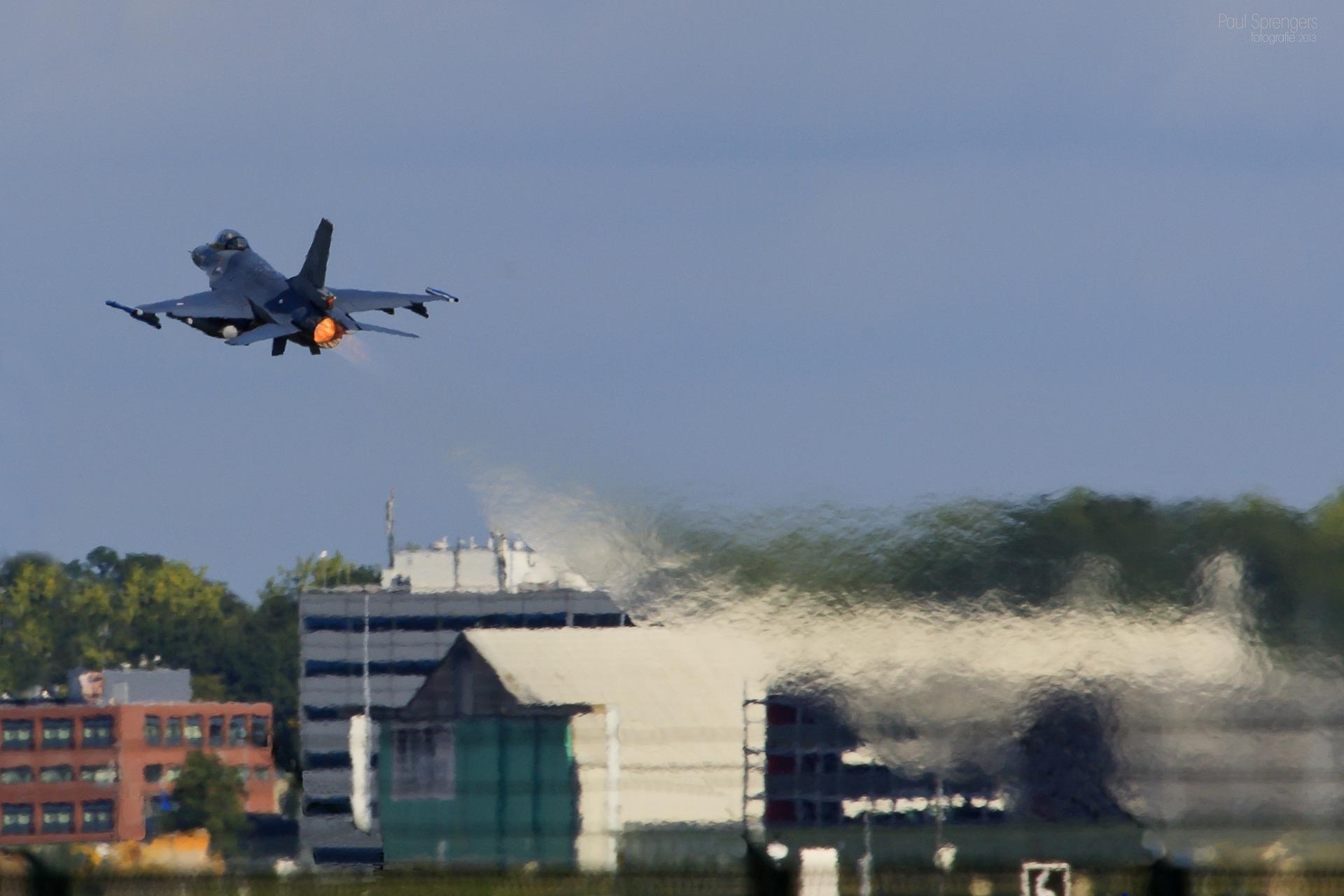
Switching to sustainable aviation fuels (SAF) could reduce the likelihood of contrail formation. These cleaner-burning fuels lower the number of particles in jet exhaust, which are the seeds around which contrails form.
While still in development, SAFs promise a future where contrails and emissions are drastically reduced.
The Role of Airlines in Contrail Mitigation

Airlines are beginning to take responsibility for their contrail impact. Companies like Delta and American Airlines are investing in research and technologies to reduce their overall environmental footprint, focusing on both emissions and contrail formation.
By embracing green technology and more efficient flight paths, the industry is moving toward a greener future.
International Collaboration for Clearer Skies
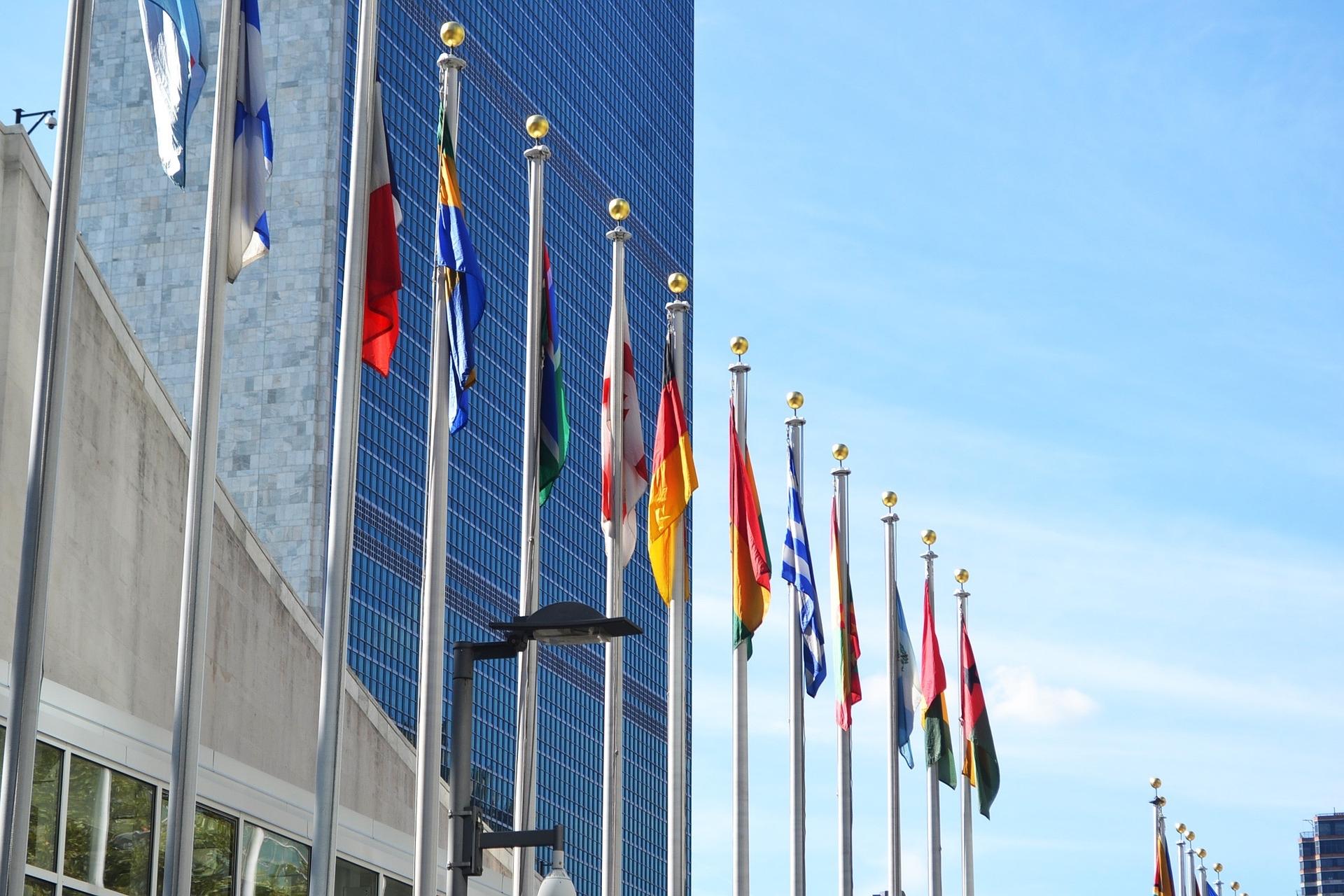
Nations across the world are collaborating on contrail research to develop international standards for aviation. Efforts are being made to establish guidelines that can reduce the formation of these high-altitude clouds.
This collaboration is essential to ensuring that aviation plays a part in the global fight against climate change.
Could Contrail-Free Skies Be a Reality?

Contrail reduction may not be easy, but with continued innovation and cooperation, the skies of the future could be clearer. A combination of technological advances, fuel innovation, and smarter flight paths offers hope for contrail-free aviation.
This would not only benefit the environment but could also make air travel more efficient and sustainable.
The Path Forward: A Greener Future for Aviation
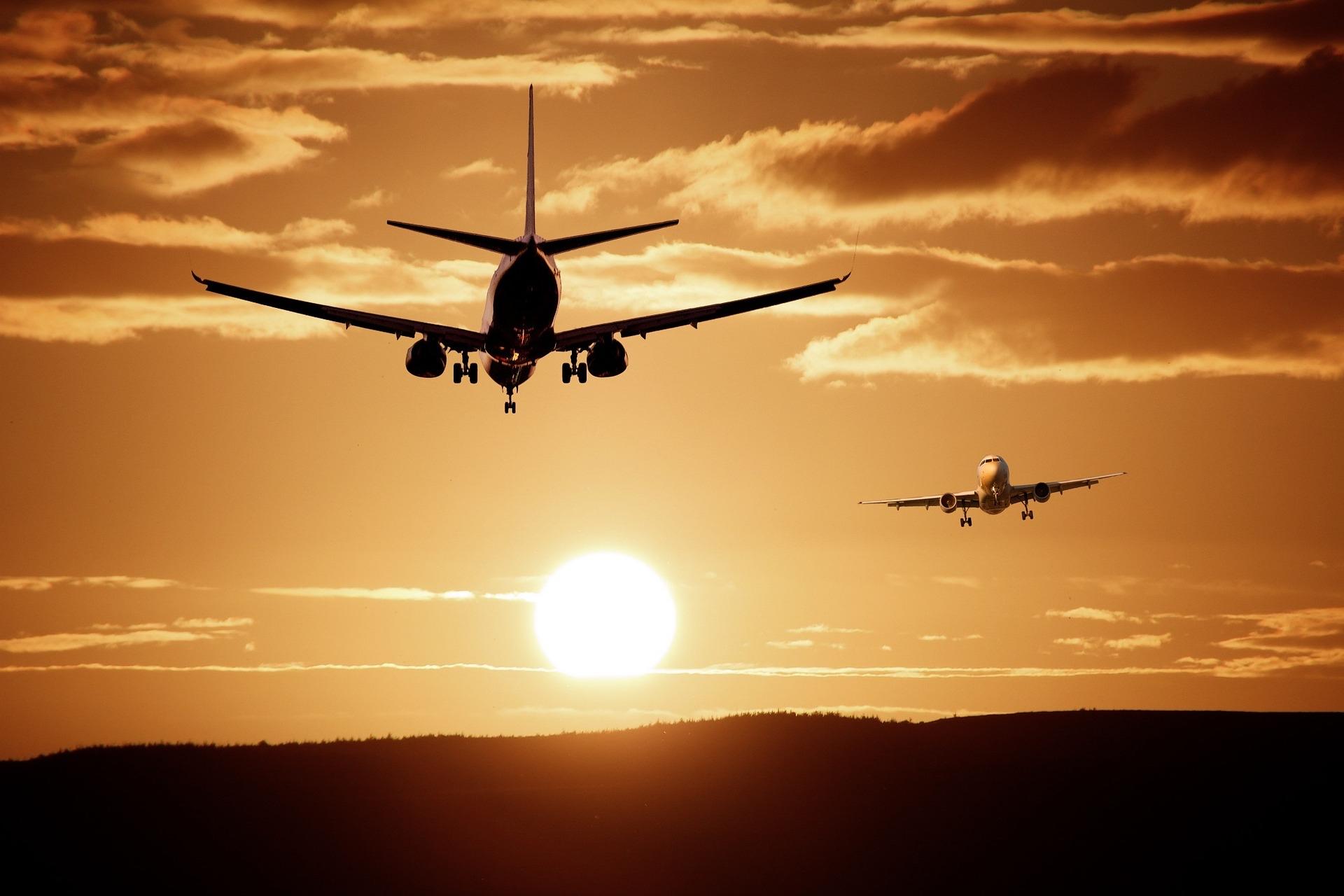
As the aviation industry continues to evolve, the focus on reducing contrail impact will be key to achieving greener air travel. Innovations in flight technology, sustainable fuels, and international cooperation all point toward a future with fewer contrails and a healthier planet.
Through these efforts, aviation can become a smaller contributor to climate change, ensuring that future generations can enjoy a stable climate.

